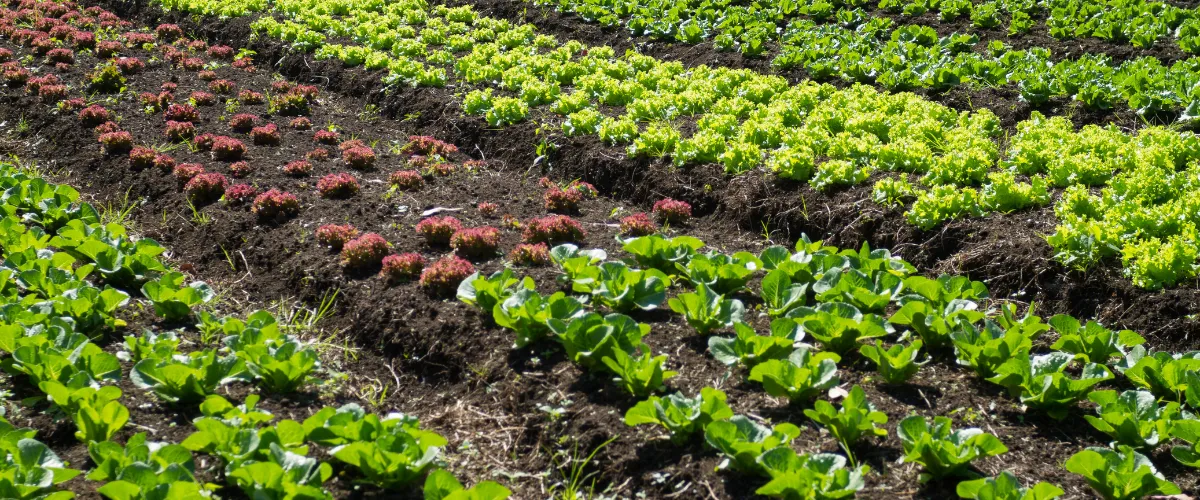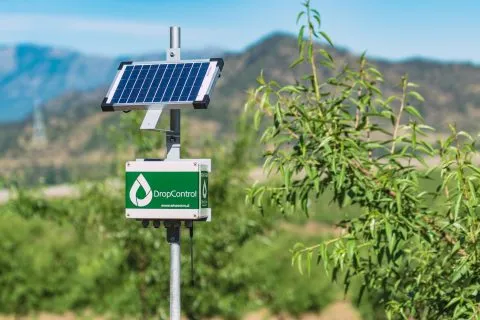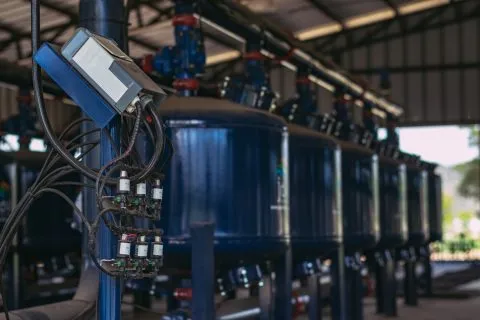
IoT in Agriculture: Technical Applications in Smart Irrigation
The implementation of Iot in agriculture is transforming water management across productive systems. Specifically, its integration into irrigation systems represents a major advancement in efficiency, automation, and sustainability for the agricultural sector. Through internet-connected technologies, this approach allows farmers to make decisions based on real-time data, optimizing every stage of the process.
Technical Components of IoT in Irrigation Systems
At the heart of smart agriculture is the ability to capture, process, and act on field data with minimal human intervention. An automated irrigation system incorporating this technology includes:
- Humidity sensors (tensiometric or capacitive) that report soil moisture in millibars or volumetric percentage.
- Automated weather stations that measure temperature, solar radiation, evapotranspiration (ETc), and rainfall.
- IoT devices such as RTU nodes or gateways that transmit field data to the cloud.
- Smart devices for remote control of valves, pumps, and fertigation systems.
- Communication protocols like LoRaWAN, NB-IoT, or 4G, depending on site coverage and terrain.

These components enable the system to activate automatically when crops show signs of water stress, adjusting irrigation volumes based on current soil and weather conditions.
Technical Benefits of IoT in Agriculture
The adoption of the Internet of Things (IoT) in precision agriculture delivers measurable benefits in both efficiency and sustainability:
- Reduce costs by optimizing the use of water and energy.
- Improve pest control by avoiding overly humid environments that promote pest development.
- Increase productivity by ensuring that each crop receives exactly what it needs to grow.
- Enable centralized management of multiple fields—ideal for distributors and consultants with large portfolios.

Additionally, the data generated can be integrated into agronomic models powered by artificial intelligence to further optimize irrigation strategies and boost results.
Real-Time, Data-Driven Decision Making
One of the main advantages of IoT in agriculture is the ability to provide real-time data, empowering farmers to make decisions based on evidence. Key indicators include:
- Application rate (L/h) by sector.
- Remote valve response time.
- Hydraulic efficiency analysis by irrigation event.
- Alerts for abnormal pressure or zero flow.
These metrics not only improve system design, but also enable predictive maintenance, minimizing failures and ensuring a more reliable and scalable smart agriculture solution.
Integration and Scalability
Another key benefit of iot in agriculture is its scalability. From small farms to large-scale operations spanning hundreds of hectares, IoT devices can be configured in mesh or hierarchical networks to cover extensive areas. Many systems also allow API-based data export, enabling integration with ERP, GIS platforms, or traceability solutions.
This opens the door to advanced business models such as managed service contracts, remote maintenance, and data-driven consulting.

Want to deliver smart irrigation solutions with IoT that truly make a difference?
At WiseConn, we offer a robust platform of hardware and software built for agricultural professionals.
Learn more about our solution and be part of the iot in agriculture revolution.


